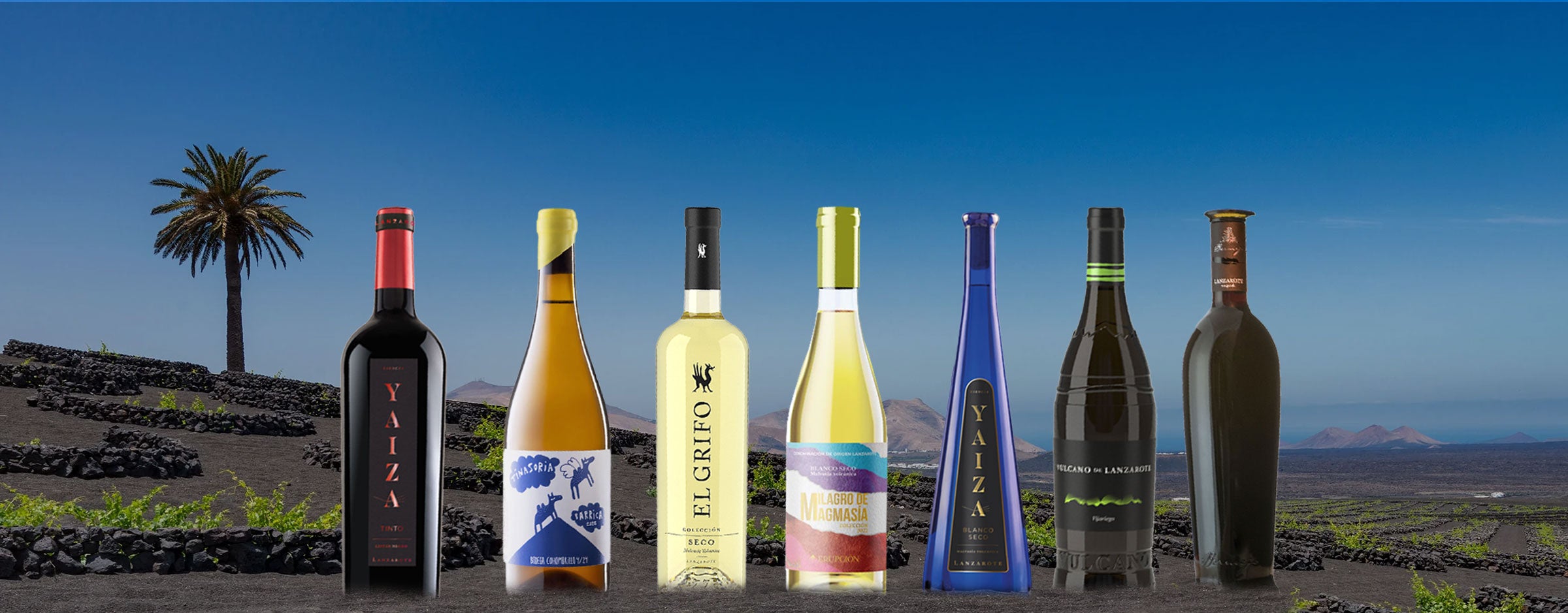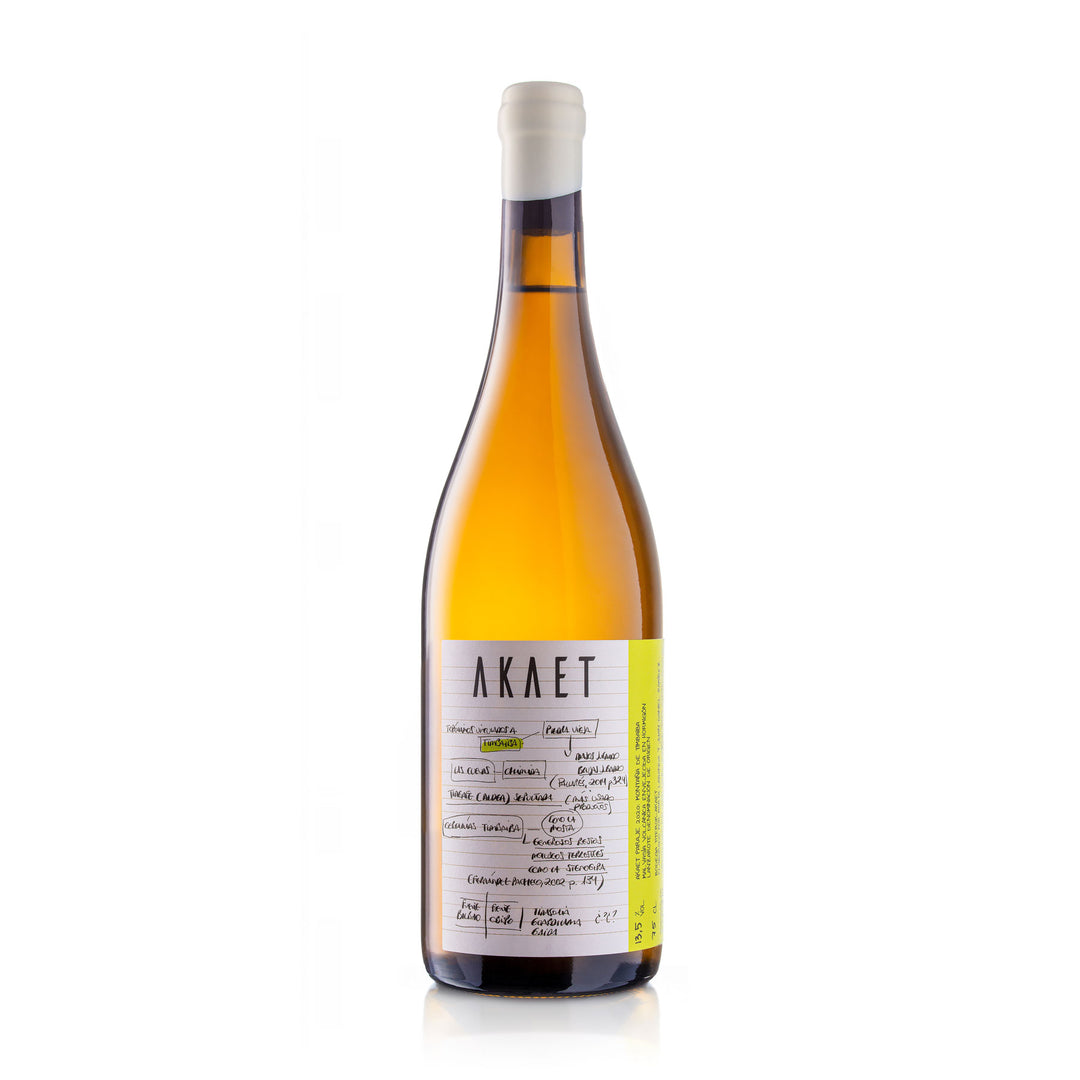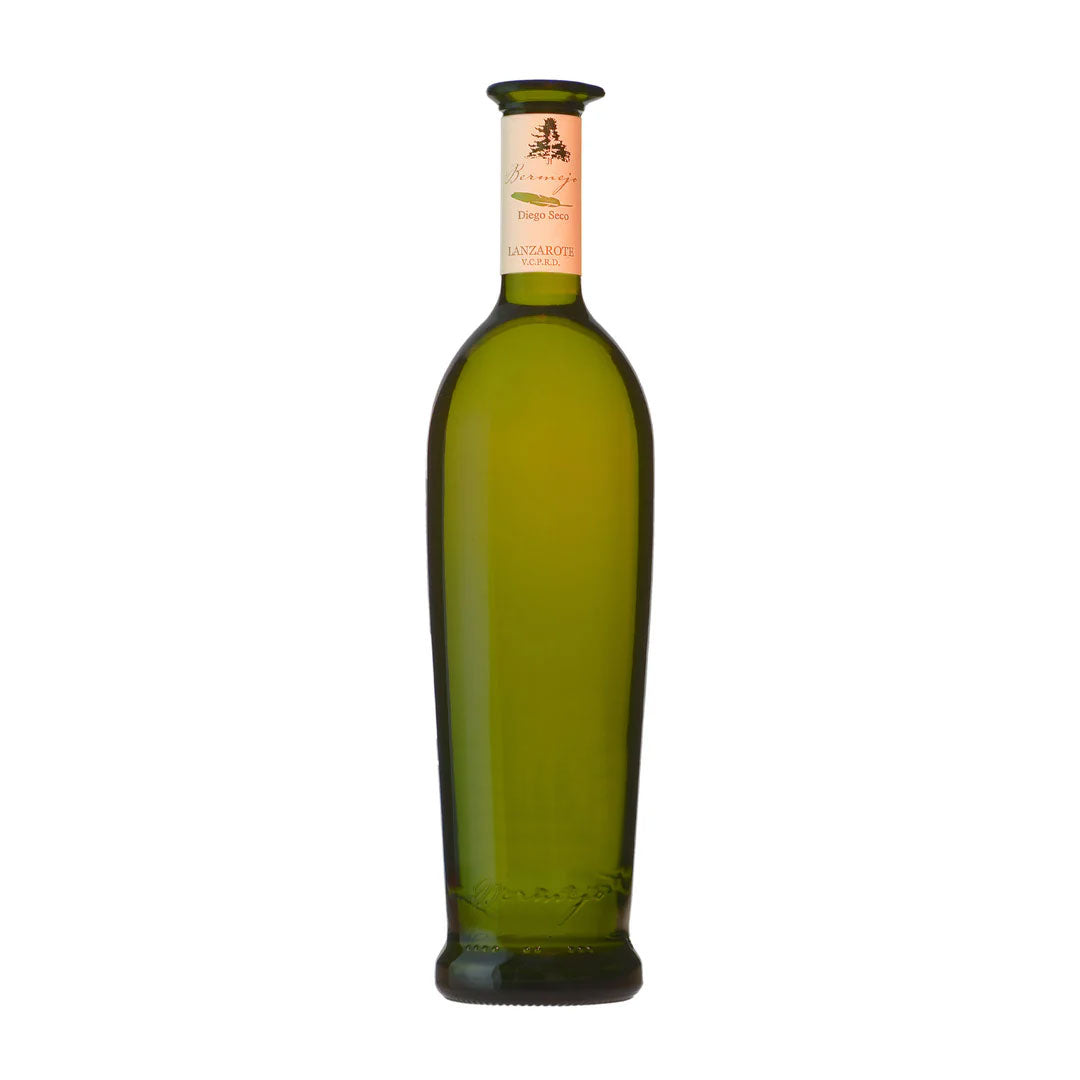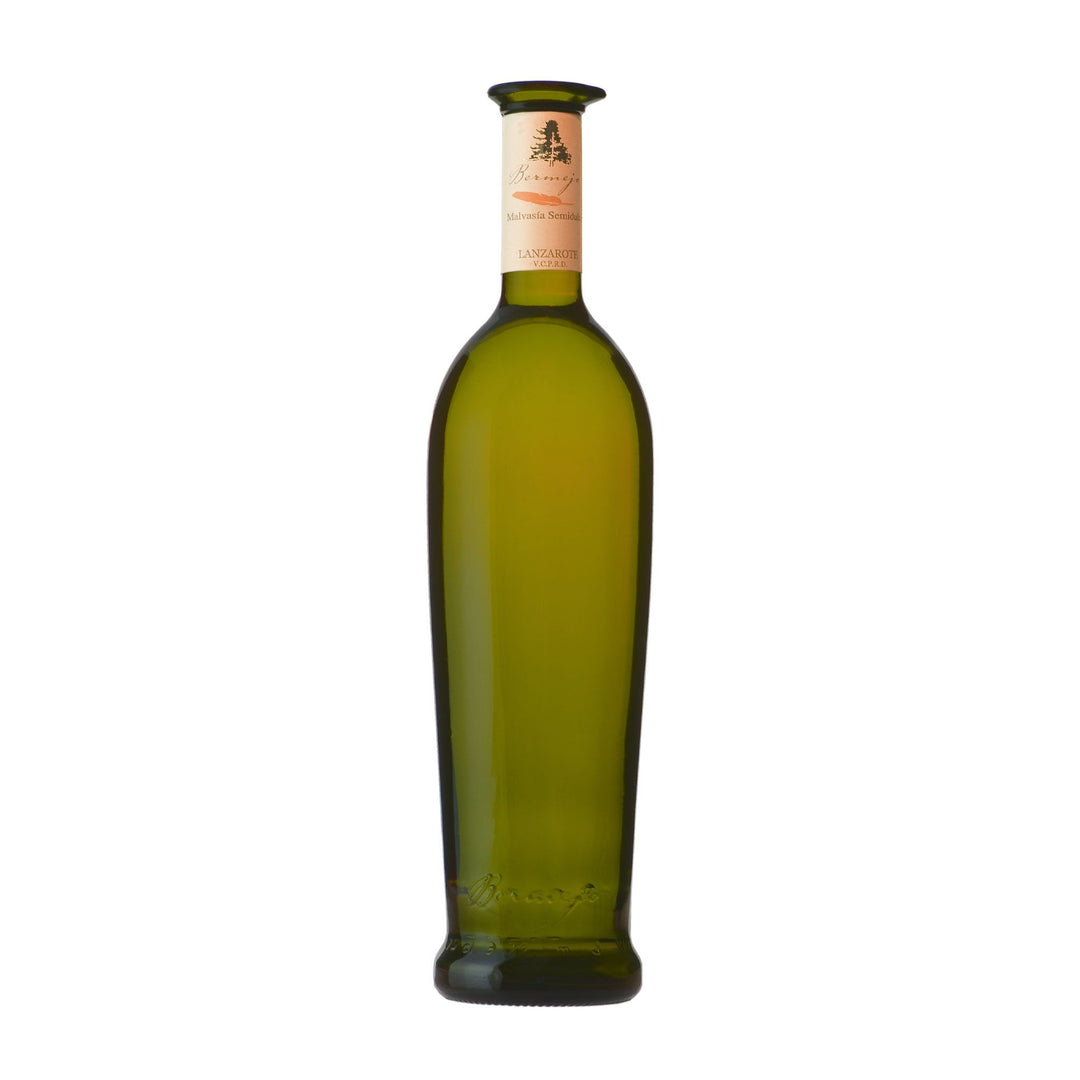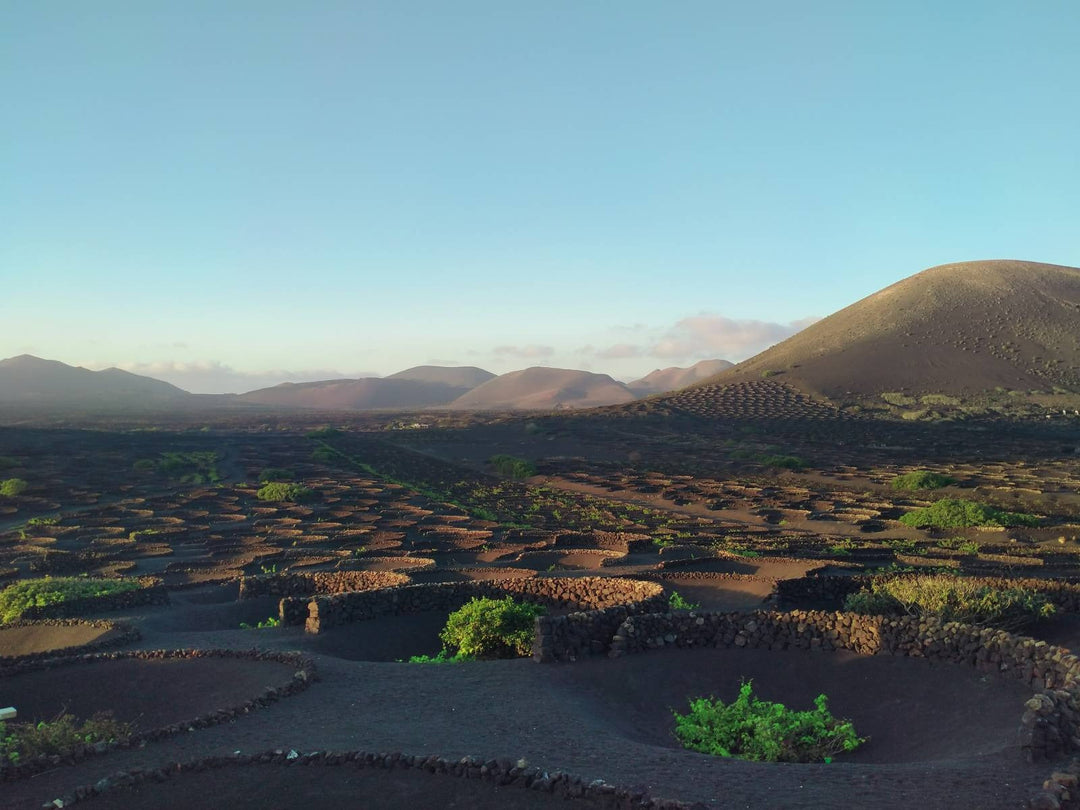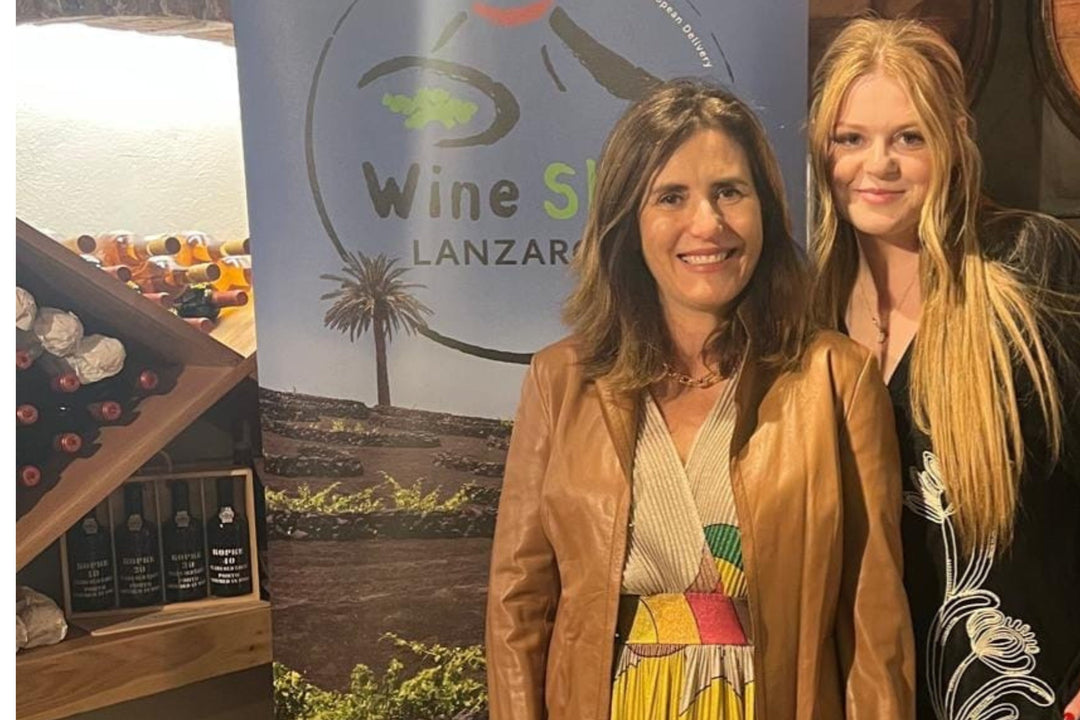Phylloxera Identified in Tenerife
The big wine news this week from the Canary Islands is that phylloxera has been identified in in Northern Tenerife. This had previously been seen as something almost impossible due to the louse supposedly not being able to survive in volcanic soils. You can read more about this pest and how it changed European vineyards forever in the 19th century here.

Back to 2025 and investigators have confirmed that this outbreak was caused following an illegal importation of affected vines into Tenerife. From what we know so far, the pest has been located in a total of 3 sites in Valle de Guerra, La Laguna and La Matanza all in the Tacoronte-Acentejo D.O. The other islands are all unaffected, however there are significant worries that this could spread within Tenerife given a significant number of abandoned vineyards in the proximity.
Work is continuing at pace, not just in Tenerife but across the individual Canary Islands to isolate this outbreak, which has happened at the most risky time of year: harvest. Containment protocols are being put in place with winemakers and farmers, including disinfection and restrictions of removal of plant material as well as strict vigilance in vineyards for further evidence.

Phylloxera attacks the leaves and root stock. There is no known treatment and the only way to grow vines once phylloxera has taken hold is to graft onto North American root stock, which is resistant to the louse. Since the 19th century, this is how almost all continental European vineyards are cultivated, with a rolling replanting cycle every 50 years or so as the grafted vine declines.
In the Canary Islands, which was once thought resistant to phylloxera, vines are ungrafted and can grow over 200 years on their own root stock, in traditional planting systems such as Cordon Trenzado. This heritage, tradition and singular root stock appears at risk and is now the biggest challenge faced by the industry in recent times.
Ollie Horton
15 August 2025




